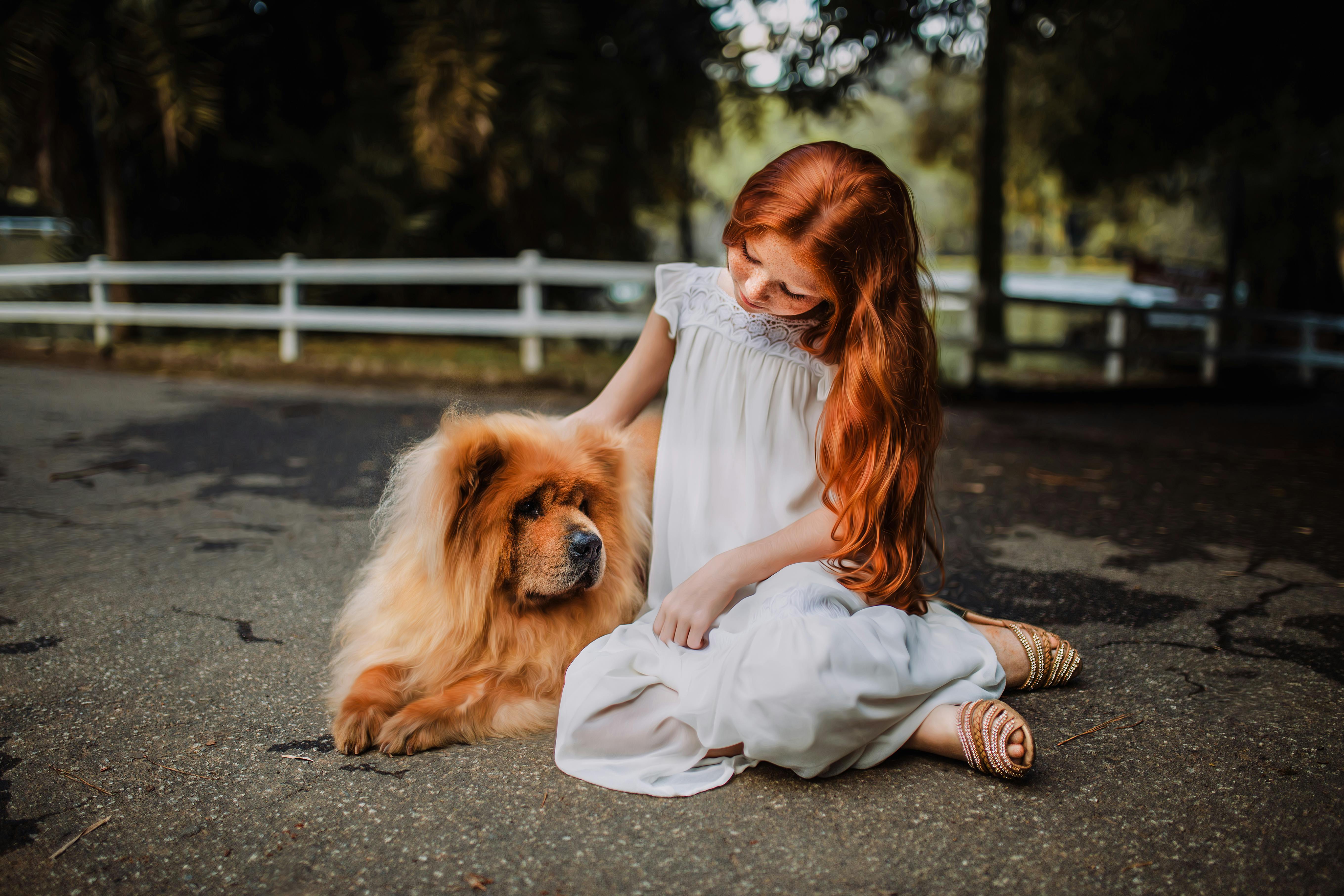There is one type of animal abuse that is prevalent among many different types of pet owners: overfeeding. When you hear the term “abuse,” you tend to think of beating your animal or underfeeding it, but in fact, overfeeding your animal can also lead to health problems. Now, this isn’t to say that owners who give in too often to their animals’ pleas should be robbed of their furry friends and stoned in public; it is primarily a crime of innocent ignorance. This article should provide you with knowledge about the dangerous effects of overfeeding as well as information on how much you should feed your pets on a daily basis.
dogs
Perhaps the kings of search and begging are dogs. Who can resist those puppy eyes that look up at you from under the table at night? Dogs seem to have an insatiable appetite, and that’s probably the exact truth of the matter. However, overfeeding your dog can be very dangerous to his health. The biggest risk of overfeeding your dog is obesity. There are many health problems that can affect an overweight dog, including diabetes, muscle and ligament strains, joint deterioration, and arthritis. Your dog can also develop high blood pressure or even congestive heart failure due to overstraining the heart caused by carrying excess weight.
The amount of food a dog requires varies by breed. According to dogbreedinfo.com, the following is what you would like to feed your dog based on weight:
• 10 lbs. or less: feed no more than 1/3 – 1 cup dry food or if mixing canned food with dry food, feed ¼ can and ¾ cup dry food.
• 10-25 lbs.- 1-2 ¼ cups of dry food or ½ can and ½ – 1 ½ cups of dry food.
• 25-50 lbs. -2 ¼ – 3 ¾ cups of dry food or 1 can and 1 – 2 ½ cups of dry food.
• 50-75 lbs. – 3 ¾ – 5 cups of dry food or 1 ½ cans and 1 ¾ – 3 cups of dry food.
• More than 75 lbs. – 5-8 cups of dry food or 2 cans and 2 ½ -5 ¼ cups of dry food.
Fish
It’s not often that you look into a fish tank and think ‘Wow, what a big fish!’ Unlike obesity, the health dangers of overfeeding fish are a little less obvious and harder to recognize. As part of their evolution, fish tend to eat whenever the opportunity presents itself. In the wild this is a useful survival tactic, but in your fish tank it can be a serious problem. Your fish will literally eat until their guts explode if you feed them enough food more often than they need. Overfeeding can cause problems with the quality of the water in your tank, such as the production of algae and toxins that are also harmful to your fish. Some diseases that can result from overfeeding fish include fin rot, fatty liver, and improper digestion (petcareeducation.com).
Prevent overfeeding by simply reading the directions on your fish food. For most freshwater fish, these instructions will be enough to explain how much to feed. When in doubt, a pinch of food is enough to feed at least 5 fish.
cats
The health risks associated with overfeeding your cat are very similar to those associated with overfeeding a dog. The biggest problem is obesity and the problems caused by it. Some of the common ailments that an obese cat faces are diabetes, liver disease (fatty liver), arthritis, and skin problems. It is also more difficult for an overweight cat to be anesthetized for procedures in the vet’s office due to the fact that fat absorbs the anesthetic. This means that overweight animals take longer to come out of anesthesia and may take longer to recover.
So how much should you feed your cat? According to dogtime.com, the typical weight of 10 lbs. the cat should be fed 4 to 6 ounces of canned food or 1/4 to 1/3 cup of dry food daily. It’s also a good idea to feed your cat twice a day. This does not mean giving the full recommended amount of food twice a day; break the portions. Leaving food out all day can encourage your cat to overeat, as sometimes, especially indoor cats, they eat because they’re bored (sound familiar?). You may also want to monitor what type of food you give your cat. Just as you would your diet, monitor your cat’s calorie and carbohydrate intake, as well as limit the amount of food you feed him.
These are just a few tips for feeding your pets. As always, you’ll want to consult your veterinarian as the final word on what’s best for your animal. Just like people, all animals are different, and the advice shared here may not necessarily apply to the particular breed of animal you have or to health problems that may already exist in your pet. The first step to responsible pet ownership is being compliant and educated about your pet’s needs.


